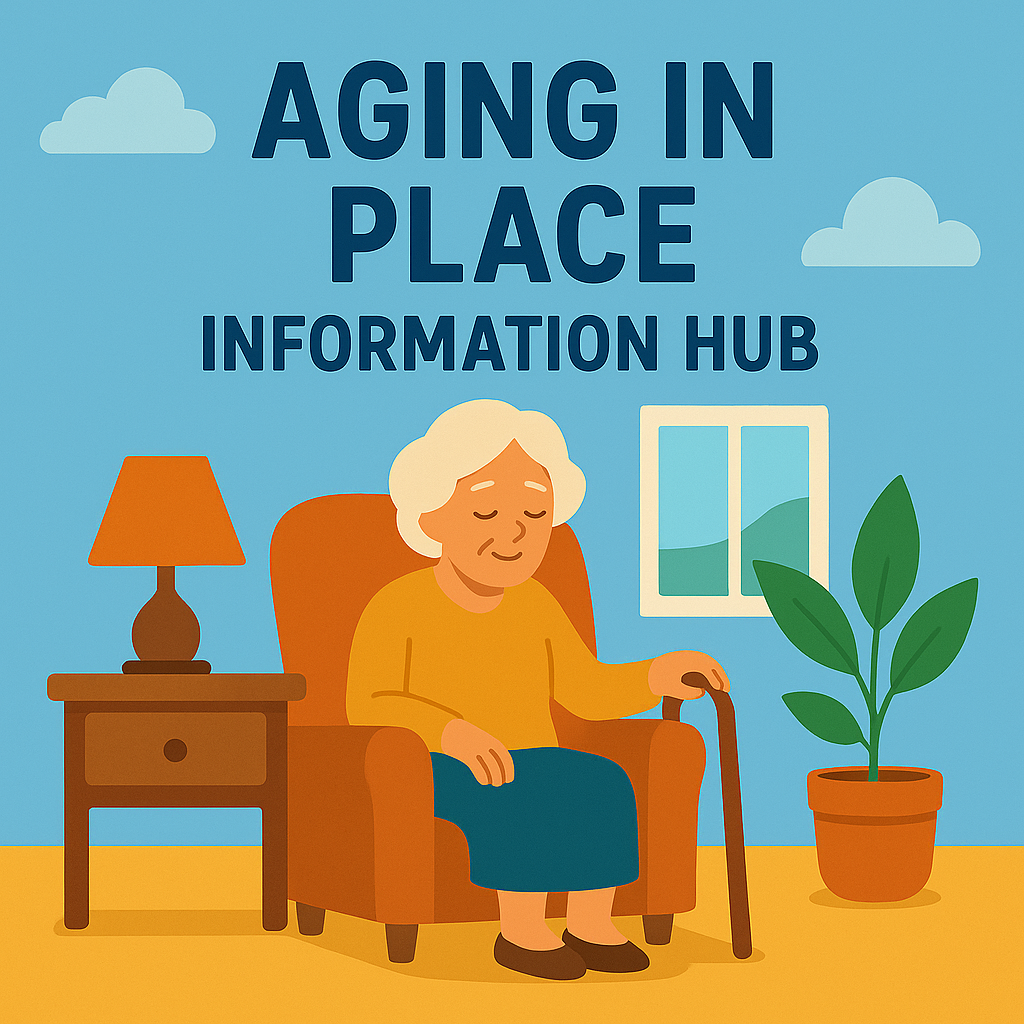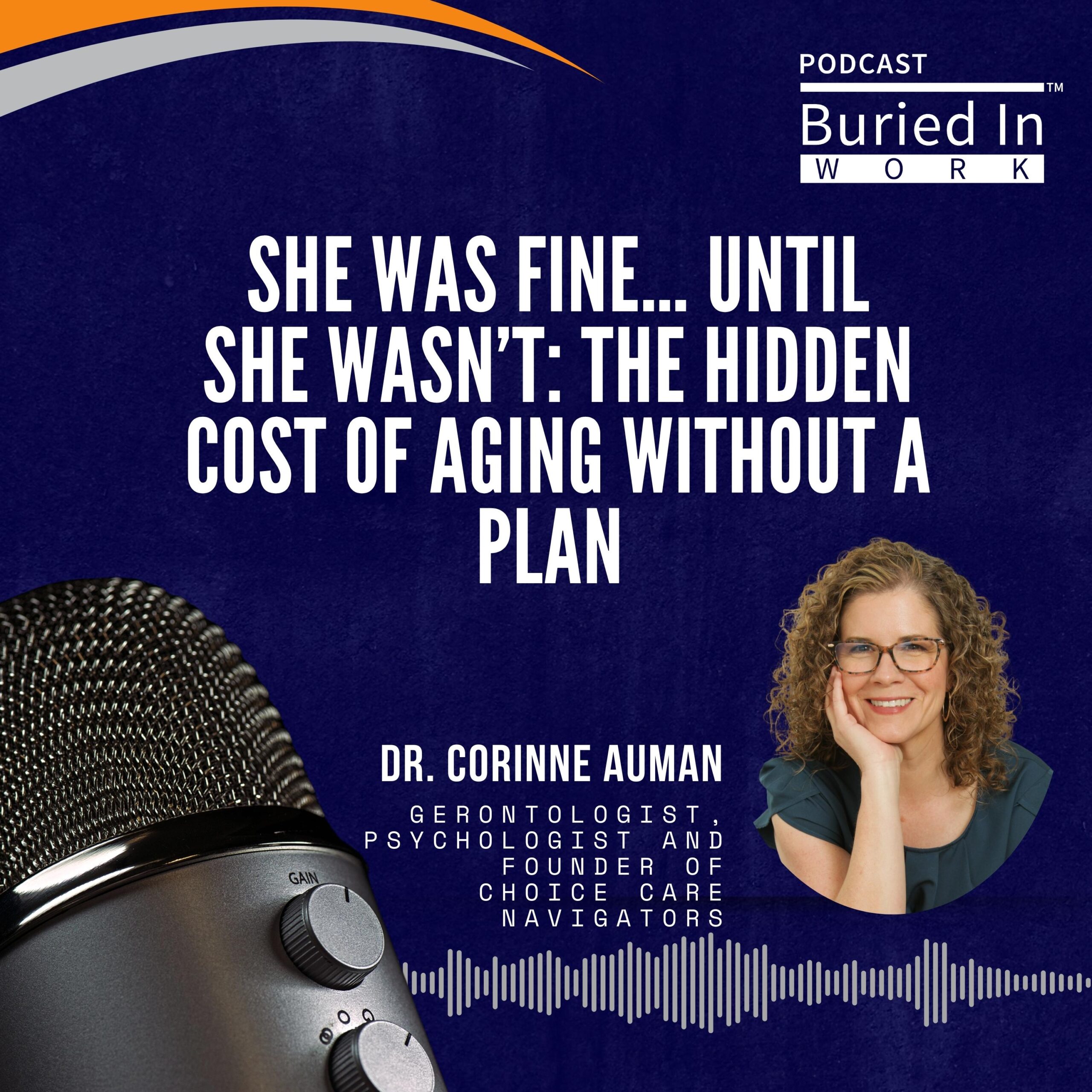Empowering Independence, Comfort, and Community
The Aging In Place Hub
Aging in place means living safely and comfortably in your own home as you grow older. This hub provides resources, tips, and tools to help individuals and families plan for a secure, supported, and fulfilling life in a familiar environment.

Key Things To Know
Aging in place means staying in your own home safely, independently, and comfortably as you grow older, and it takes a little planning to make that a long-term reality.
- Assess your current living space: Look for hazards or barriers that could impact mobility, safety, or comfort as your needs change.
- Plan for home modifications: Small changes like grab bars, improved lighting, or step-free entries can increase safety and ease of movement.
- Consider future mobility needs: Think ahead about whether stairs, narrow doorways, or bathroom layouts will still work for you later.
- Evaluate your support system: Know who can help with transportation, errands, meals, or personal care if needed.
- Understand the cost of staying home: Compare the expenses of home modifications, in-home care, and maintenance with other options.
- Look into local services and programs: Many communities offer resources like home-delivered meals, transportation, or home health aides.
- Plan for health care access at home: Consider how you'll manage prescriptions, appointments, and possible home-based medical care.
- Review safety and emergency preparedness: Have a plan for falls, power outages, medical alerts, or home security concerns.
- Talk with your family or care team: Share your goals and make sure everyone understands your priorities for staying at home.
- Reassess your plan regularly: Your needs and resources may change, so check in on your setup every year or after major life events.
Resources
You shouldn't have to figure out how to age in place on your own. Fortunately, we have resources that can help.
Aging in Place Related Content
Disclaimer: The information provided on this page is for general informational purposes only and should not be considered legal advice. Please consult with a qualified attorney for advice specific to your situation.
Frequently Asked Questions About Aging in Place
Disclaimer: The information provided on this website and by Buried in Work is for general informational purposes only and should not be considered legal advice. Please consult with a qualified attorney or subject matter expert for advice specific to your situation.


